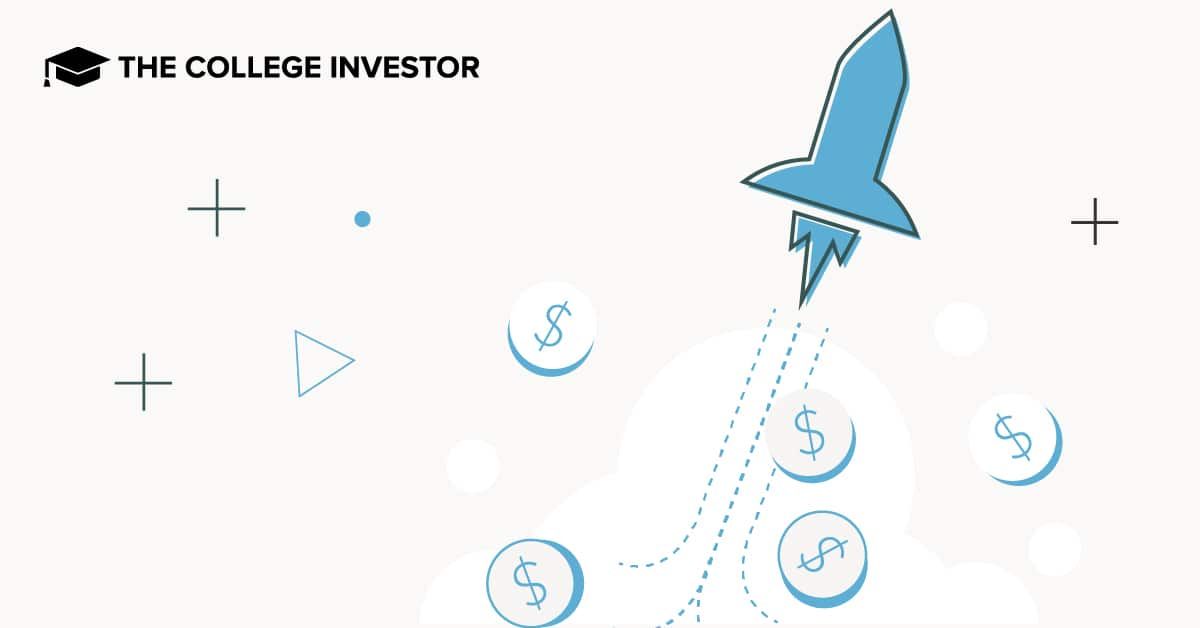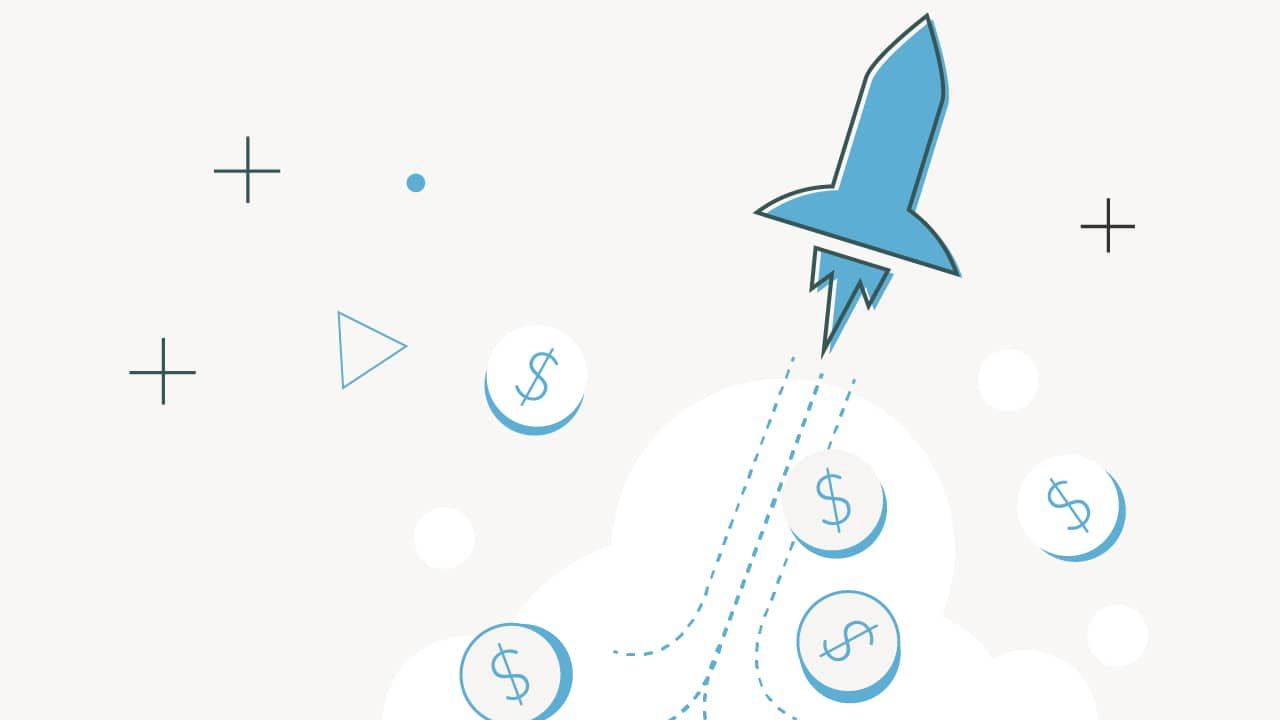
The "Fresh Start" program that was announced earlier this year promised to help borrowers that are in default on their student loans get a 'fresh start' once the student loan payment pause ended. This program didn't have many details at that point - but it promised to be one of the most beneficial aspects of Biden's student loan reforms.
On August 17, 2022, U.S. Department of Education told colleges that it is restoring financial aid eligibility to 7.5 million federal student loan borrowers under the Fresh Start program. This guidance provides more details about the Fresh Start program.
Here's what you need to know about the Fresh Start program to get your student loans out of default.
The Original 'Fresh Start' Announcement And Background
The Fresh Start initiative was first mentioned in a U.S. Department of Education press release on April 6, 2022 about the sixth extension to the federal student loan payment pause and interest waiver.
That press release said that all borrowers with paused loans would be eligible “to receive a “fresh start” on repayment by eliminating the impact of delinquency and default and allowing them to reenter repayment in good standing.” The press release did not, however, provide any further details.
Student loan default occurs after 270 days of non-payment and causes the borrower to lose eligibility for federal student aid.
A borrower can rehabilitate a defaulted loan by making 9 out of 10 consecutive, full, voluntary, reasonable and affordable payments, with aid eligibility being restored after six payments and the default being removed from your credit history after nine payments.
However, even with this option, over 7.5 million borrowers were in default at the beginning of the pandemic.
New 'Fresh Start' Announcement With Details
The U.S. Department of Education has provided new details in a Dear Colleague Letter GEN-22-13 and a Fact Sheet.
The Fresh Start initiative provides the following benefits to borrowers with defaulted federal student loans. We highlighted some of the key aspects:
- Their eligibility for Title IV federal student aid will be restored, once again making them eligible for the Federal Pell Grant, Federal Work-Study and federal student loan programs.
- They will be able to enroll in an income-driven repayment plan or other repayment plans.
- They will be eligible to rehabilitate a defaulted loan in the future if they rehabilitated the defaulted loan during the payment pause and interest waiver.
- The default will be removed from credit reports to credit reporting agencies and the loans will be reported as current.
- Delinquencies will be deleted from credit report after seven years.
- The default will be removed from the federal Credit Alert Verification Reporting System (CAIVRS), which affects their eligibility for other credit, such as mortgages.
- Involuntary collection efforts will be suspended.
Timeline And Qualifications
Eligible loans include certain loans that were in default before the start of the payment pause and interest waiver on March 13, 2020. This includes defaulted loans in the William D. Ford Federal Direct Loan Program and defaulted loans in the Federal Family Education Loan (FFEL) program. These loans were held by or on behalf of the U.S. Department of Education.
Federal Perkins Loans held by a college or university are not eligible, but Federal Perkins Loans that are serviced by the U.S. Department of Education’s Debt Management and Collections System (DMCS) are eligible.
Defaulted HEAL program loans, loans that remain with the U.S. Department of Justice (DOJ) for litigation, and loans that enter default after the end of the payment pause and interest waiver are also not eligible.
Eligible Defaulted Loans
Non-Eligible Defaulted Loans
Note that if a borrower is ineligible for federal student aid for another reason, such as a failure to maintain Satisfactory Academic Progress (SAP) or owing a refund on an overpayment of a federal grant, they remain ineligible unless they cure these problems.
If a borrower’s FFEL program loans entered default on or after March 13, 2020, the borrower regains eligibility for federal student aid as soon as the loans are assigned to the U.S. Department of Education. If the loans are not yet assigned to the U.S. Department of Education, the borrower regained eligibility for federal student aid as of March 12, 2021, the publication date of Dear Colleague Letter GEN-21-03.
What Happens After You Get A Fresh Start?
Borrowers will have one year after the restart of repayment to start making payments on their previously defaulted loans. (A calculated payment of zero under an income-driven repayment plan will count as a payment.)
If the borrowers have not made payment arrangements by the end of the one-year Fresh Start period, their loans will once again be in default and subject to collections and their renewed eligibility for federal student aid will end.
The Fresh Start Program Is NOT Automatic. You Must Take Action!
How To Apply For Fresh Start
Borrowers can make payment arrangements by visiting myeddebt.ed.gov or by calling the Default Resolution Group at 1-800-621-3115. When the borrower makes payment arrangements, their loans will be transferred to a new loan servicer and the default status will be removed from their credit reports.
If the student’s loans were in default before the start of the payment pause and interest waiver on March 13, 2020, the student must sign this acknowledgment before they regain aid eligibility:
“I, [full name], understand that I am eligible for Title IV aid as a result of the Fresh Start initiative. As a Fresh Start-eligible borrower, I understand that, by accepting Title IV HEA federal student aid during the Fresh Start period, I am agreeing to have my defaulted loans transferred to a new loan servicer – the company that will manage my loan - which will result in continued Title IV, HEA federal student aid eligibility beyond the Fresh Start period. I understand that this transfer may not occur immediately and that I can contact the holder(s) of my defaulted loan(s) to request transfer sooner.”
Defaulted parent borrowers who wish to borrow new Federal Direct PLUS loans must sign a similar acknowledgment.
Borrowers who defaulted on their FFEL program loans on or after March 13, 2020 are not required to sign the acknowledgment.
Additional information for borrowers will be made available at StudentAid.gov/FreshStart.
Letters To Colleges
College financial aid administrators have started receiving letters like the following in connection with the Fresh Start initiative.
To Whom It May Concern:
The U.S. Department of Education (ED) has determined that the above-referenced individual will not be denied additional Title IV aid due to defaulted student aid debt owed to ED.
The individual’s loans held by ED are covered by the Fresh Start initiative announced by ED on April 6, 2022.
Their default status will not stop this individual from receiving aid until one year after the COVID-19 emergency relief (student loan payment pause) ends. Please check StudentAid.gov/coronavirus for more information about when the COVID-19 emergency relief is scheduled to end.
Please note: This reinstatement letter only covers debts held by ED. It does not cover any student loan debts that may be held by commercial lenders, guaranty agencies, or schools. If there are other loans in default held by these other lenders the above-referenced individual may still be unable to get additional Title IV aid. Should you have any questions, you may contact the Department's Default Resolution Group at 1-800-621-3115 (TTY 1-877-825-9923).
Additional Guidance
A key goal of the Fresh Start initiative is to enable defaulted borrowers to finish their degrees. Borrowers who drop out of college are at higher risk of default. If the Fresh Start initiative helps defaulted borrowers to graduate, it will “increase the long-term repayment success” of these borrowers.
The U.S. Department of Education is encouraging colleges to eliminate other barriers to student success that prevent defaulted borrowers from re-enrolling, such as the withholding of official transcripts and diplomas due to debts owed to the college.
The U.S. Department of Education also encourages colleges to make these borrowers aware of other federal programs that may be available to them, such as the Child Tax Credit, Supplemental Nutrition Assistance Program (SNAP), and the Affordable Connectivity Program.

Mark Kantrowitz is an expert on student financial aid, scholarships, 529 plans, and student loans. He has been quoted in more than 10,000 newspaper and magazine articles about college admissions and financial aid. Mark has written for the New York Times, Wall Street Journal, Washington Post, Reuters, USA Today, MarketWatch, Money Magazine, Forbes, Newsweek, and Time. You can find his work on Student Aid Policy here.
Mark is the author of five bestselling books about scholarships and financial aid and holds seven patents. Mark serves on the editorial board of the Journal of Student Financial Aid, the editorial advisory board of Bottom Line/Personal, and is a member of the board of trustees of the Center for Excellence in Education. He previously served as a member of the board of directors of the National Scholarship Providers Association. Mark has two Bachelor’s degrees in mathematics and philosophy from the Massachusetts Institute of Technology (MIT) and a Master’s degree in computer science from Carnegie Mellon University (CMU).
Editor: Robert Farrington Reviewed by: Chris Muller
